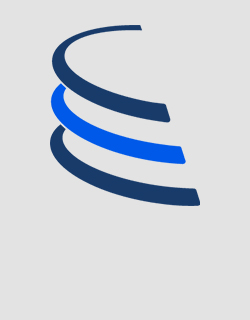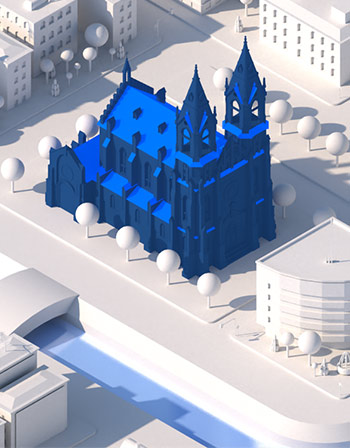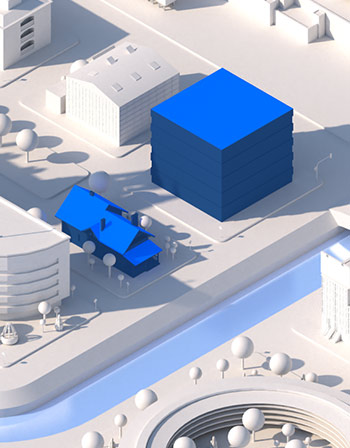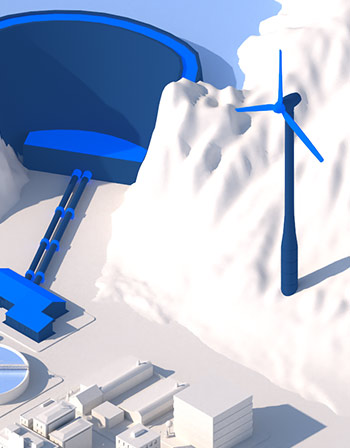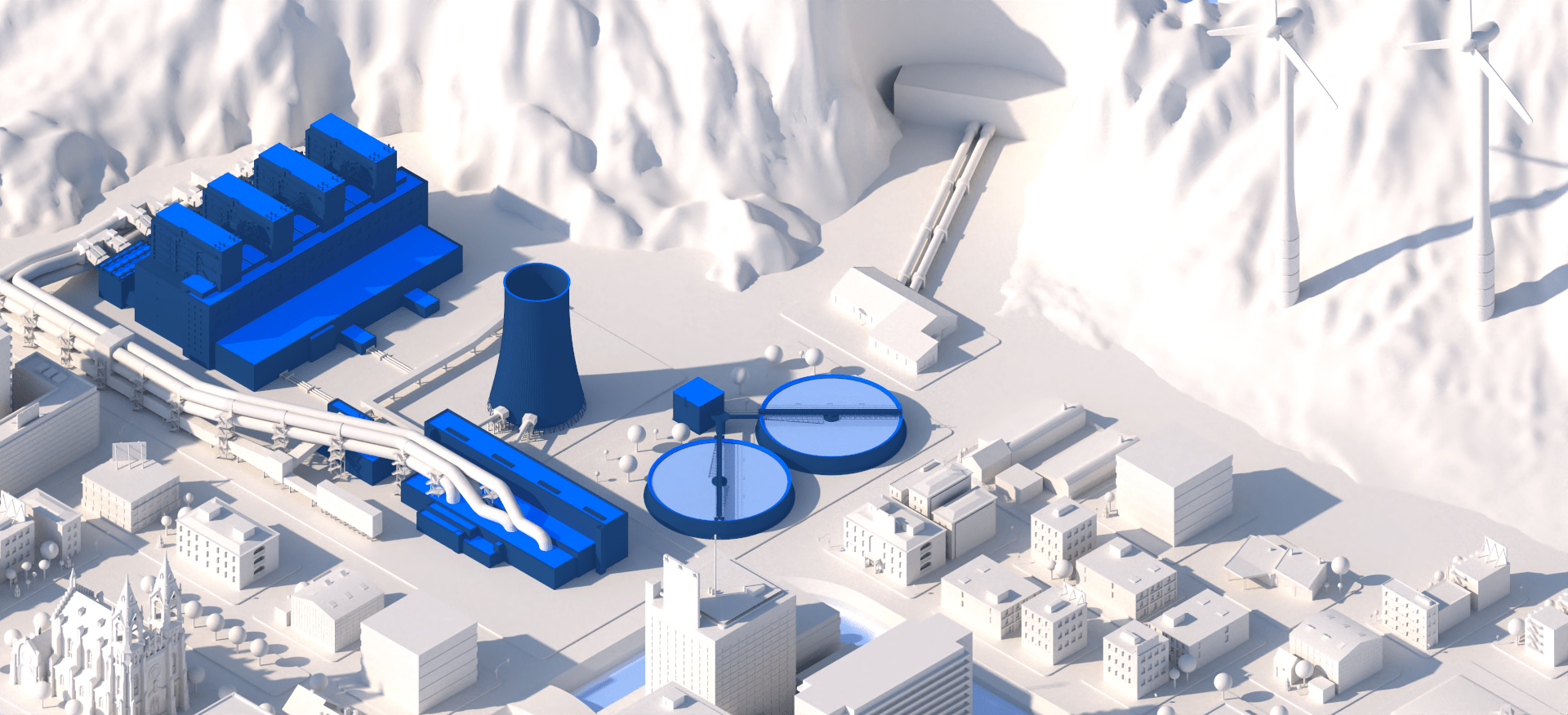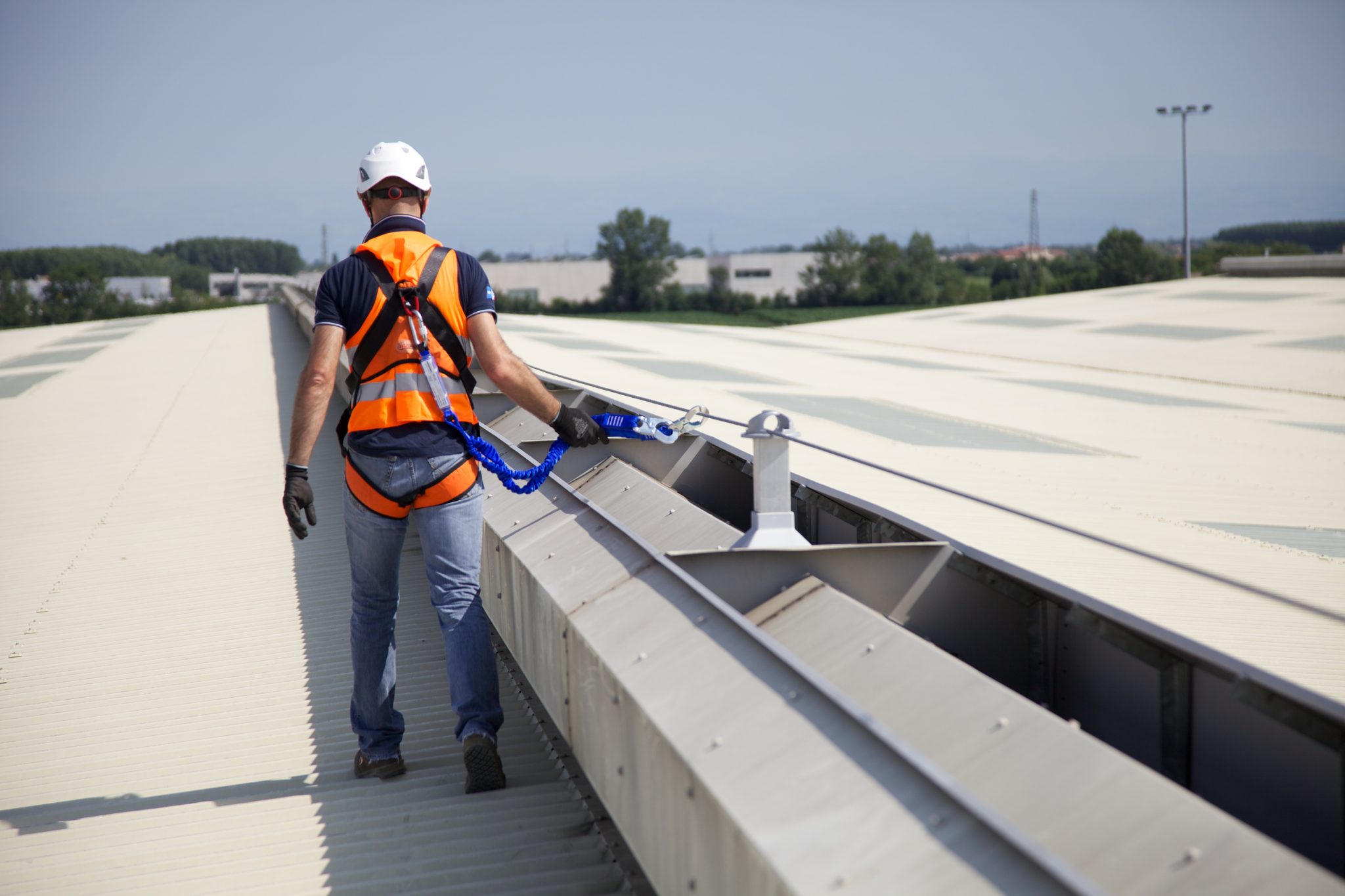
Fall Protection Systems
Over 20 years of experience at your service. Our specialists are available to assist you in the selection, installation, and management of the best solutions for your work at height.
Fall protection systems include all devices and measures designed to prevent falls from heights and protect workers operating in elevated or high environments.
Fall Protection Systems: Devices and Equipment
Depending on the needs and characteristics of each environment, there are three different types of fall protection systems:
- Collective Protection Systems that eliminate the risk of falling, such as railings, walkways and bridges.
These are ideal devices as they directly modify the environment, eliminating the risk at its source and preventing the operator from falling. - Personal Fall Protection Equipment that protects against falls, such as restraint systems.
These solutions are intended for individual operators and are used when it is not possible to eliminate the risk at the structural level. - Fall Arrest Systems that mitigate the effects of a fall.
These are used when working in restraint is not possible, preventing the worker from hitting the surface.
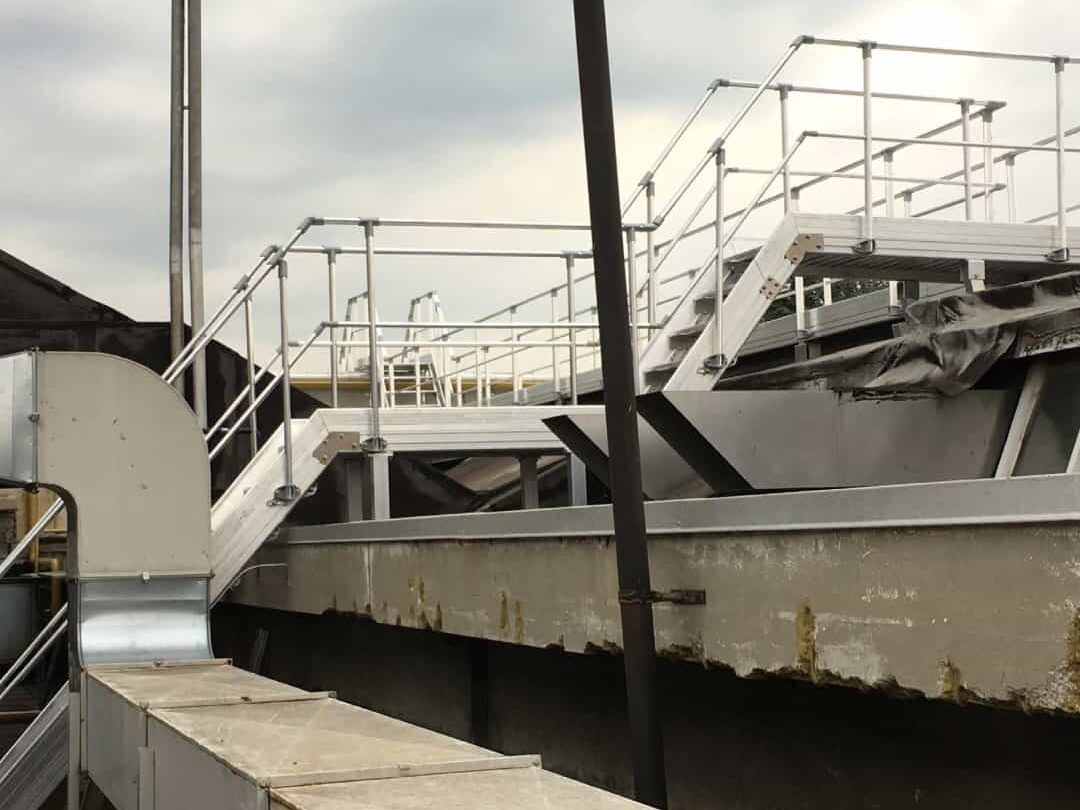
Genesi Fall Protection Systems
Genesi’s collective and individual fall protection systems are robust, ergonomic, and easy to install and use. Approved by third-party entities, thanks to their modularity and the wide range of supports, they adapt to the most varied geometries of the structure to be secured. The adaptability and design that characterize our solutions, combined with their compact and low visual impact forms, allow Genesi systems to integrate perfectly into the installation context, making them ideal even for buildings of high historical or aesthetic value.
By choosing our systems, you will have access to Genesi DNA: a digital platform for integrated management that gathers all relevant information related to the systems, helping you keep track of deadlines for archiving and organizing periodic inspection and maintenance operations.
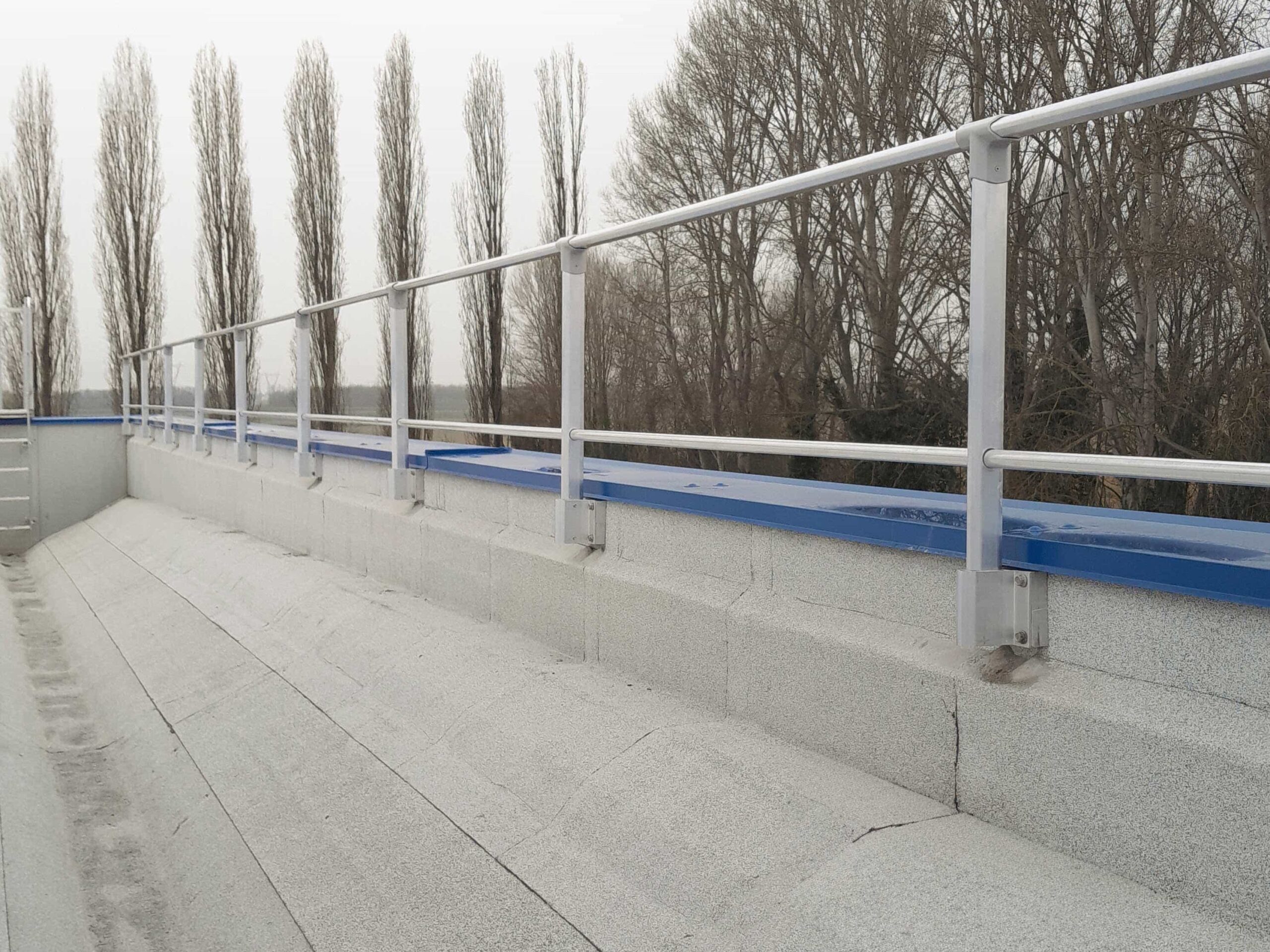
Fall Protection Systems: Design and Installation
Through a consultative approach, our specialists support the client during all the necessary phases to secure an environment. From the context study and subsequent risk analysis to the definition, design, and installation of the most effective fall protection systems, to the provision of dedicated training courses.
Training and Courses for Fall Protection Systems
Through Genesi Academy, we provide training courses for work at height. Specifically, we offer two certified courses for this sector:
Irata International
International certification for rope access work according to three different levels.
Level 1: A rope access technician capable of performing a range of tasks at height under the supervision of a Level 3 technician. They are able to:
- Understand and follow rope access procedures, method statements, and associated risks;
- Perform pre-use checks on their rope access equipment;
- Set up simple anchors and other operations under higher-level guidance;
- Perform a simple descent rescue and assist in rescue operations.
Level 2: An experienced rope access technician capable of performing more complex tasks under the supervision of a Level 3 technician. They are able to:
- Demonstrate the skills and knowledge required of Level 1;
- Set up more complex situations, including re-belays, deviations, and tensioned lines;
- Perform rescues from a variety of situations;
- Assemble and operate lifting and lowering systems.
Level 3: An experienced rope access technician responsible for understanding and implementing rope access procedures, method statements, and associated risk assessments. They are able to:
- Demonstrate the skills and knowledge required of Levels 1 and 2;
- Understand the elements and principles of the IRATA International safety system;
- Be familiar with relevant work techniques and legislation;
- Have extensive knowledge of advanced rope access and rescue techniques;
- Hold a valid and up-to-date first aid certificate.
A Level 3 can become a rope access supervisor: see ICOP Part 2, 2.6.2 for guidance. IRATA technician certifications are valid for 3 years; renewals must be completed before expiration with a minimum of 2 days of training, although it is possible to renew expired certificates with full training.
Discover the coursePPE Category 3
This course includes theoretical and practical modules addressing the risk assessment of activities performed at height. The course examines temporary work at height risk situations and best practices developed over time as references for risk mitigation solutions.
Fall Protection Systems: Regulations, Requirements, and Compliance
European legislation in Articles 108 to 111 of Legislative Decree 81/2008 further clarifies the employer’s obligations, including the priority of adopting collective protection measures over individual ones and paying particular attention to the dimensions and ergonomics of work equipment.
For example, an industrial plant that needs to perform roof maintenance must clearly outline the safe route operators will follow, and this must be included in the risk assessment document. Additionally, the access route to the roof must have suitable and certified protection systems. Thanks to these devices, an operator can use appropriate harnesses and connection lanyards to safely attach to the system in place.
In environments where work involves materials that could harm an operator, it is mandatory to provide workers with suitable safety footwear, which are part of PPE. All these precautions and procedures allow operators performing high-altitude or confined space activities to work safely, protecting both the workers’ lives and the company itself.


